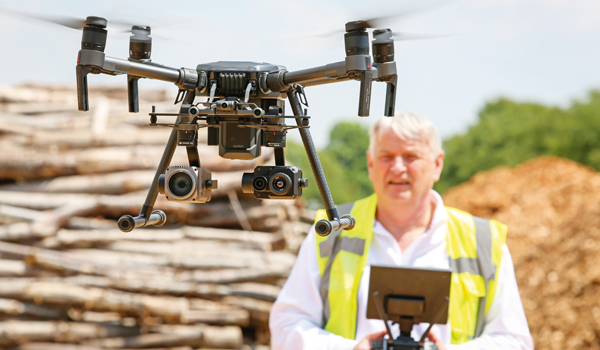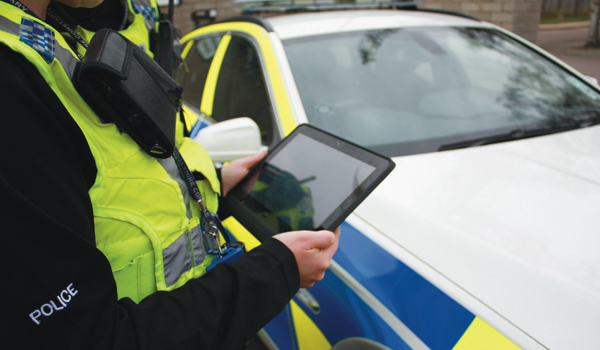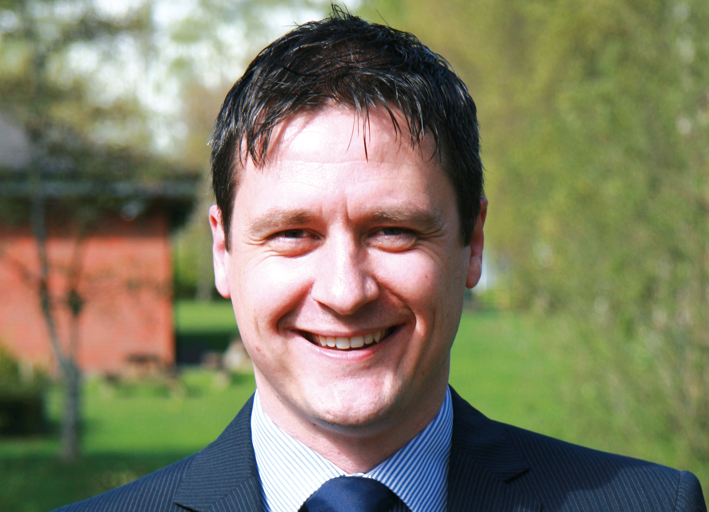New ‘thermo-drones’ a ‘life-saver’
Hi-tech ‘search and rescue’ drones fitted with specialist thermal imaging cameras that enable large areas to be ‘swept from above for heat signatures’ are being made available to the emergency services.
Developed by Hampshire-based iRed, the company says the use of aerial thermography “is literally a life-saver”.
When a person goes missing, speed is of the essence, and at night the best way to find someone is utilising thermal imaging technology, says iRed.
The ‘thermo-drones’ are able to scan large areas and detect heat and shape, enabling search parties to be directed to the correct location.
As well as a thermal imaging camera, they are equipped with an advanced optical camera with enough ‘zoom’ capability to read a numberplate from a mile away.
The company also provides training in using the drones and interpreting the data supplied by the cameras.
Ray Faulkner, managing director of iRed and one of the pioneers of thermography, said: “With the proper training, a drone pilot can quickly search a wide area for a missing person or, indeed, animal. As long as the data is correctly interpreted then these searches can be over in minutes.
“This use of thermography is literally a life-saver.”
Mr Faulkner said traditional uses for this technology were based around the property industry, but it is “a cost-effective solution for the emergency services and the feedback has been excellent”.
“Previously, police forces have had to scramble helicopters, but now the cost and time has been drastically reduced,” he added.
“The drones are highly advanced and give warnings when manned aircraft are approaching and have ‘obstacle avoidance sensors’ so will not fly into buildings.
“Technology can make a huge difference by providing a better solution at a fraction of the price.”
iRed launched its ‘search and rescue’ packages after a decade of research into aerial thermography and has already supplied six police forces.
A two-day training course is also included on equipment, set-up and how to use it for search and rescue.
“Each customer receives a bespoke package depending on their requirements; for example, a client might prefer a lighter drone if it will be used in urban areas,” said Mr Faulkner.





